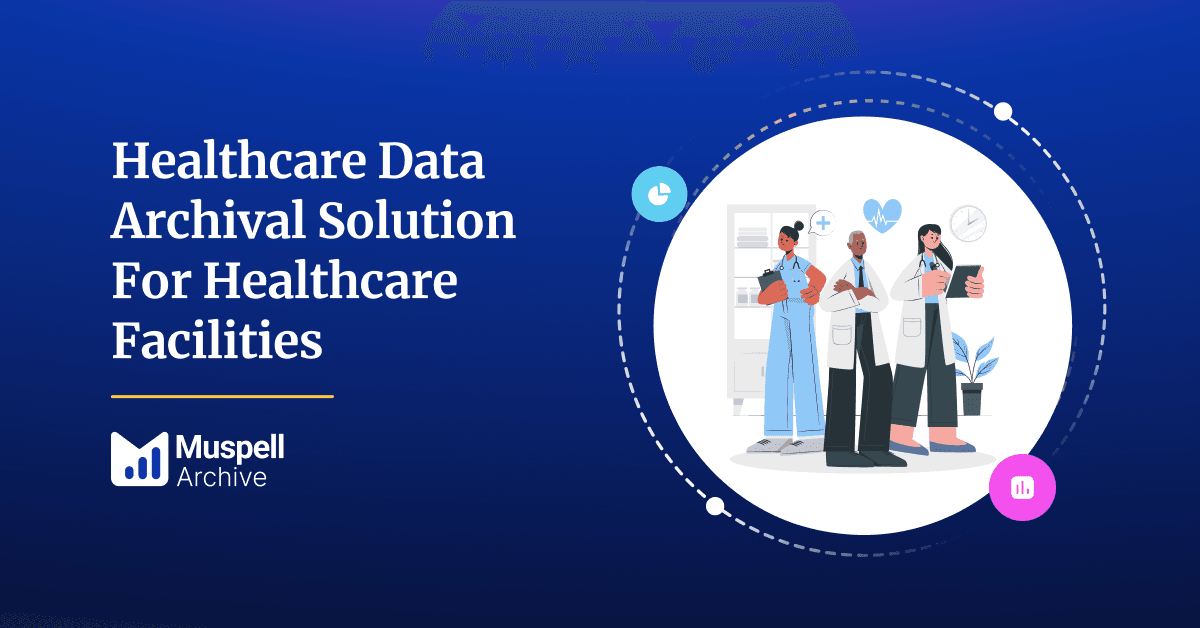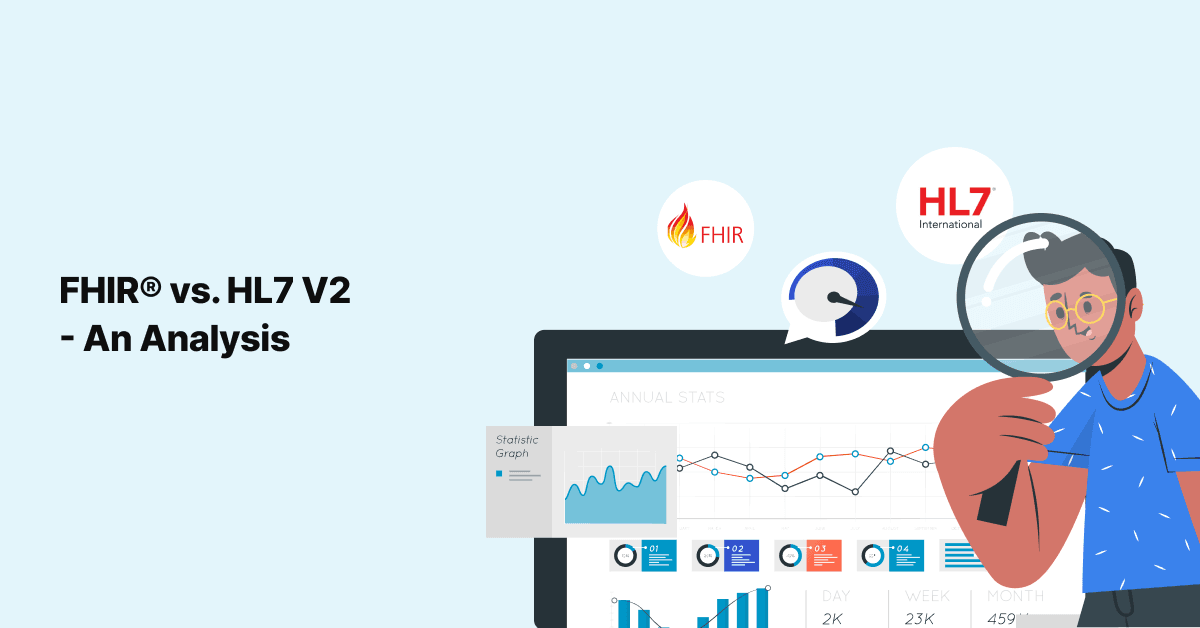
Managing Legacy Data During Mergers and Acquisitions
Merger and Acquisition or M&A activities for hospitals and healthcare systems have significantly increased …

When it comes to data conversion for health information (PHI), there are many aspects to consider to ensure that the transition from a legacy system to a new EHR system is as smooth as possible, with as few gaps as feasible. One key area regarding data conversion and ingestion into Epic EHR, for example, is fine tuning the EMPI service. An Enterprise Master Patient Index (EMPI) is basically the bouncer between interoperable and integrated healthcare technologies that ensures each patient is represented comprehensively, once, and that fake IDs aren’t allowed to pass through. Making sure that Patient X continues to be represented as Patient X in a new system (and not Patient XX, for example) will allow for a myriad of archiving and interface opportunities (including HIEs) in the future by maintaining the fidelity of the patient record across the care continuum.
Let’s consider a few more aspects of an EMPI that contribute toward a solid data conversion process for Epic implementation.
The data points that identify a single patient across care settings and throughout various EHR systems are varied and reliable. Some metrics rarely change, such as date of birth and social, which make for certain characteristics that can be used as anchors for automatically identifying a patient as a match (or no match), and therefore kicking off the appropriate process in data conversation (consolidating the record or creating a new record, respectively).
However, other identifiers are subject to change, sometimes quite often, such as:
Having a robust enough EMPI that can handle these scenarios is critical for making the data conversion process as streamlined and efficient as possible, while reducing errors and duplicate patient records. But there is a very important component in this process that can’t be skipped: human intervention. There are decisions that we, as humans, can make that even the best AI in healthcare can’t yet replicate.
One of the most critical tasks for establishing an EMPI for an organization or health system is to determine how to analyze patient identifiers in a systematic way that creates consistency, while still giving credence to the human brain to make a judgement call: match or no match. Assigning a weight to certain data elements basically establishes which metrics the entity will treat as more reliable than others, enabling decision points when there’s uncertainty and all other options have been exhausted (such as consulting public records). For example, if a hospital makes the call as part of their data conversion strategy to implement Epic that patient phone number is not a highly reliable identifier, then an MPI Analyst doesn’t have to spend too much time on reviewing records when other, weightier metrics match, such as social security number and insurance policy ID. This creates some level of order to the discretion invoked when people are making the final call to create as few disparate patient records for a unique patient as possible, thus better tapping into all the benefits of discrete data in Epic and its role in making interoperability possible.
There’s no shortage of work and analysis that it takes to consolidate patient records accurately, but it’s all worth it when you reach the pinnacle: a single Master Patient ID for a unique patient! Establishing this value makes it possible to gather all the documents and files available to the health system via their Epic EHR and interfaces (including Health Information Exchanges), and to then — most importantly — represent the data as a comprehensive record for the physician to review and act upon. We’ve heard for years that providers would actually prefer less information on their patients if it’s not available in a consolidated, efficient presentation. Establishing a stake in the ground as legacy data is converted for a new system to say that Patient X is Patient X (and never Patient XX) is of massive importance, and paves the way for a host of opportunities for the hospital or health system to really flex their healthcare IT muscles around the mighty anchor of Epic.
Join over 3,200 subscribers and keep up-to-date with the latest innovations & best practices in Healthcare IT.

Merger and Acquisition or M&A activities for hospitals and healthcare systems have significantly increased …

Healthcare data archival and EHR data migration present healthcare organizations with substantial …

In the modern healthcare industry, data plays a very important role in terms of improving patient outcomes. …